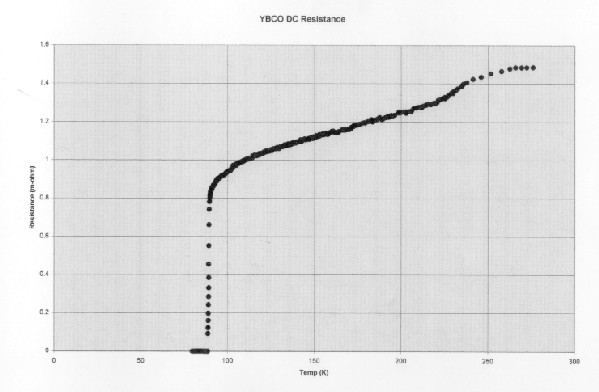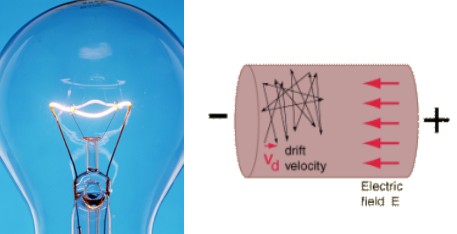Physicist: The long answer is really, really long. Superconductivity comes in a variety of different forms, and there’s a different explanation for each. To sum them up in a thumbnail sketch of a thumbnail sketch:
In conductors, the primary cause of electrical resistance is the exchange of kinetic energy between the moving electrons and the material they’re moving through. As a result, the material heats up and the electrons find themselves knocked in random directions so much that you can barely tell what direction they’re supposed to be moving in. In fact, the net movement of an electron in the direction of the current is often referred to as “drift velocity”.
By making the material cold there is less energy to knock the electrons around, so their path can be more direct, and they experience less resistance. So far this is just an argument for why coldness causes lower resistance, but says nothing about superconductance. Enter quantum mechanics. As the name implies, quantum mechanics describes how everything in the universe is quantized (not continuous). The energy that gets exchanged must be in discrete (quantized) chunks that have a minimum size. If the material is cold enough, then there isn’t enough heat energy available to reach that minimum “chunk”. So energy is not passed from the material to the electrons, the electrons don’t get knocked around, and they don’t experience any resistance.

Temperature vs. Resistance in Yitrium-Barium-Copper-Oxide, the first "high temperature" superconductor. This was a breakthrough because YBCO can be cooled to superconductive using liquid nitrogen, which is cheap.
It turns out that many materials become a superconductor if cooled down enough. In fact, superconductivity was discovered accidentally when a sample of Mercury was cooled to 4° K (-452° F or -269° C). The slick new superconductors also take advantage of the “can’t exchange a chunk that big” technique, but involve lots of QM tricks to force the operational temperature way up. Figuring out these tricks and putting them together correctly is what makes new higher temperature superconductors so difficult to invent.
It’s worth noting, finally, that the answer above is the most intuitive answer I can come up with, and not the most correct. A more precise understanding involves a more thorough understanding of the math and wave mechanics (the electrons act more like waves than particles, and the material acts more like a waveguide than a hose).








Pingback: Vino tinto: el secreto de la superconductividad